If you want to remove mundane tasks from your sales process, ChatGPT is up to the task. It supports numerous sales activities, with lead generation being among its most popular uses.
Whether you want to boost inbound or outbound leads, ChatGPT can help with its research and generative capabilities. With more advanced integrations, you can even fully outsource some tasks to the AI and free up time for your SDRs to focus on conversions.
Take us as an example—leveraging AI for B2B lead generation has helped increase our response rates and conversions by 2–3x across the 800k+ cold emails we’ve sent each month! 🤯
To help you achieve similar results, this guide will show you how to fully leverage ChatGPT lead generation in your sales cycle. You’ll learn about its common use cases, benefits, and challenges you might expect during implementation. We’ll then discuss some practical tips and best practices for exploring ChatGPT’s full potential.
ChatGPT for Lead Generation—Popular Use Cases

You can access ChatGPT from the official website, and you have two options:
- Use the free version for light research and content generation
- Upgrade to the paid version to unlock the platform’s entire feature set
If you’re serious about automating lead generation with ChatGPT, the latter option is superior because it gives you access to a far more capable model that can support various tasks, most notably:
- Lead qualification
- Email outreach
- Inbound automation through chatbots
- Social media engagement
- Long-form content creation
We’ll explore each use case in more detail below to show you precisely how ChatGPT simplifies different tasks.
Lead Qualification
Traditional lead qualification often involves plenty of manual research. After setting the criteria prospects should meet, you must examine countless data points to see if they’re the right fit. The process can be tedious and overwhelming to your SDRs, whose time is better spent reaching out to leads and converting them.
ChatGPT can considerably streamline lead qualification by taking over painstaking research and returning actionable information. 🔍
Let’s use a simplified example to explain how this works. If you’re performing B2B lead generation, you could tell ChatGPT to visit the websites or LinkedIn profiles of popular companies and look for the following information:
- Industry
- Employee count
- Last year’s revenue
In your prompt, you could tell ChatGPT which thresholds a prospect must meet according to the above criteria. You can then instruct it to return a table that shows whether the thresholds are met. This way, you’ll save plenty of time you’d otherwise spend uncovering information manually.
Here’s what such a prompt could look like:
"I am a [job title], and my organization is in the business of [business description]. Help me assess and score this particular lead based on the following information:
- Industry: [details]
- Company details: [details]
- Products/services provided: [details]
- Lead habits: [any relevant behavior or habits]
Summarize the findings with a numerical/qualitative score for each category, and recommend the next steps.”
Email Outreach

Email is among the most popular lead-generation channels, and ChatGPT can help you get the most out of it. Some of the key activities it can automate in this aspect include:
By feeding ChatGPT enough details, you can get an elaborate, personalized email draft in seconds. While it may require some tweaks and edits before you can send it, the lion’s share of writing can be fully automated.
Here’s an example of a solid outreach email prompt:
“I need a 100-word lead generation email aimed at finding prospects interested in [product/service]. The email should introduce my company and offer a solution that would benefit the lead's business. Include a clear call to action, and tailor it to [specific industry]. Keep the tone professional but approachable, and ensure the email is concise and to the point."
Inbound Automation Through Chatbots
You may not always scout for leads through outbound efforts—many of them might come through email forms, freebies, and other inbound initiatives. When they do, you’ll want to maximize the conversion potential from the get-go.
As a conversational AI tool, ChatGPT is an excellent solution for making this happen. You can build it into your website as a chatbot that can answer your prospect’s questions to keep them engaged.
You can integrate ChatGPT for this purpose in several ways, most notably:
- Using the OpenAI API key
- By signing up for a dedicated chatbot app
- Using a third-party integration
However you set it up, you can customize the chatbot to your liking so that it effectively nurtures inbound leads. For example, you can pair it with more advanced integrations to qualify inbound leads as they come through so that you can focus on the warmest ones. 🙌
Social Media Engagement

Social media platforms are a goldmine of leads, but you need to keep the conversation going to reap the benefits of this channel. Thanks to its generative capabilities, ChatGPT can be a perfect companion in this effort. It can generate all sorts of social media content, such as:
- LinkedIn connection messages, posts, and comments
- Tweets/X posts
- Long-form content you can use across social networks
You can also find plenty of social media management tools that leverage ChatGPT to automate tasks like posting and commenting. Using such solutions, you can optimize social media workflows to ensure consistent posting and build fruitful connections. 🚀
If you need an example of how to prompt ChatGPT for social media engagement, you can use the following as a reference:
"I am a [your role] at [your company], and I need an introductory LinkedIn connection message. The message should briefly introduce myself, explain how my company helps businesses like [lead's industry or company], and mention a relevant challenge or opportunity they might be facing. Include a clear reason for connecting, and encourage a future conversation without being overly salesy."
Long-Form Content Creation
Top-of-the-funnel (ToFu) content is often a lead’s first contact with a business. High-quality blog posts are an outstanding lead magnet because they can keep filling your pipeline without requiring hefty investments.
Still, building a solid blog involves a ton of time and effort. That’s why long-form content creation was one of the first ways ChatGPT was leveraged in marketing and sales. Instead of spending hours or days on a piece of content, you can get it in minutes with the right prompt. ⚡
By scaling content production with ChatGPT, you can significantly improve the effectiveness of your inbound lead generation through frequent and regular publishing without time waste.
Here’s what you can tell ChatGPT if you want it to generate long-form content:
"I am a [your role] at [your company], and I need you to write a blog post on [specific topic]. The post should be informative, around [word count], and tailored to [target audience]. It should provide actionable insights, include relevant examples, and have a clear structure with headings and subheadings. Please include an introduction, five H2s, and a conclusion with a call to action."
Benefits of Using ChatGPT for Lead Generation

Keeping in mind ChatGPT’s many use cases, it’s clear that the platform can benefit your lead generation workflows in many ways, such as:
- 🔄 Quicker sales cycles—ChatGPT helps you find and qualify leads, which are among the most time-consuming tasks in the sales process. It also allows you to focus on the warmest prospects, letting you get results faster and with less effort
- 😌 Better task-to-SDR ratio—SDRs are often swamped with work, a lot of which is unnecessarily overwhelming. By taking over painstaking and mundane activities, ChatGPT helps your SDRs avoid burnout and focus on the most impactful tasks
- 🧑💻 Enhanced campaign personalization—Thanks to its robust research features, ChatGPT helps you uncover numerous data points you can leverage in your outreach campaigns. As a result, your cold calls and emails will feel considerably more targeted, potentially leading to increased conversion rates
- 💻 Simplified cross-channel lead generation—ChatGPT’s wide application allows you to find leads faster regardless of where they come from. Whether you’re scouting social media, attracting prospects through content, or leveraging your email lists, it can streamline the process to help you get the most out of each channel
- 💰 Increased ROI—Manual work significantly harms your bottom line, and ChatGPT helps you minimize it. Thanks to a combination of higher process efficiency and increased effectiveness, you can expect an enhanced return on your investments
ChatGPT Implementation Challenges To Watch Out For
As you start using ChatGPT for lead generation, you might encounter some obstacles, most notably:
The extent to which you might expose yourself to these challenges mainly depends on the level and scope of ChatGPT implementation. The good news is that you can overcome them effectively by following a few best practices.
How To Use ChatGPT for Lead Generation—Best Practices To Follow

To get the most out of ChatGPT while minimizing the potential drawbacks, make sure to do the following:
- Hone your prompting skills
- Execute comprehensive AI sales training
- Ensure adequate oversight
- Combine ChatGPT with other lead-generation tools
Hone Your Prompting Skills
Effective use of ChatGPT is all about successful prompting. As capable as it is, the platform may not provide solid output without a detailed enough prompt.
As you saw in our example prompts, you need to include as many details as possible, such as:
- Sufficient context
- Prospect information
- End goal
- Optional additions (tone, style, etc.)
It’s also a good idea to assign a role to ChatGPT as you prompt it. Doing so clarifies the approach it should take and its thinking patterns, which can result in more accurate and usable responses. 🎯
Effective prompting can also minimize the risk of hallucinations. Specifically, you can use negative prompting to tell ChatGPT what you don’t want the response to include and if there are any resources it should avoid. This way, you can give the tool more direction to improve its accuracy.
💡 Bonus read: Want to learn more about ChatGPT prompting? Read our guides on ChatGPT prompts for sales emails and sales in general.
Execute Comprehensive AI Sales Training

While most marketing and sales pros have at least a general idea of what ChatGPT does and how it works, implementing it for lead generation specifically requires adequate training and education.
Before you start implementing ChatGPT in the lead-generation process, you should have the following in place:
- Knowledge base/resources
- Training materials
- Established feedback loop and lines of communication
Ideally, you should transition to ChatGPT-powered lead generation without considerable workflow disruptions. To make sure this happens, create a comprehensive implementation plan that includes:
- Workflow specifics
- Roles and responsibilities
- Example prompts and best practices
Ensure Adequate Oversight
As mentioned, ChatGPT can’t be trusted to always provide fully accurate information, nor can it be held responsible for any decisions made with such information. That’s why your SDRs must stay in charge of ChatGPT workflows. 🧑💼
As you research prospect information, make sure your team validates it. While this adds an extra step to the process, it prevents back-and-forth down the line. It’s best to be proactive regarding such checks, especially when it comes to contact information like phone numbers and emails.
Remember that ChatGPT is only meant to simplify your SDRs’ workflow, so use the tool as intended. Let it take over menial tasks while your team calls the shots.
Combine ChatGPT With Other Lead-Generation Tools

Besides potential inaccuracies, ChatGPT suffers from a considerable limitation—a possible lack of robust prospect data. It’s not a dedicated data collection and enrichment solution, so you shouldn’t expect it to have all the data points you need.
For the best results, you should pair ChatGPT with a full-fledged lead generation tool. You can do this in two ways:
- Finding a lead generation platform that connects to ChatGPT via third-party integrations
- Using a platform that integrates with ChatGPT out of the box
The second option is more compelling because the setup can be considerably easier. If you decide to look for such a platform, focus on the following factors to find the best option:
- Data collection, enrichment, and cleanup features
- Lead qualification and scoring options
- Integration of ChatGPTs key functionalities
- Seamless integration with the rest of your tech stack
Not sure where to find such a platform? We have a recommendation for a solution that checks all of the above boxes and many more—Clay. 😍
Explore ChatGPT’s Full Potential With Clay

Clay is an end-to-end data enrichment and sales automation platform that uplevels your lead generation process. Thanks to its robust OpenAI integration, it lets you leverage ChatGPT’s most useful functionalities through the following actions:
By relying on Clay’s seamless integration with ChatGPT, you can complete numerous lead generation tasks, from complex research to content creation.
Want to see how Clay’s OpenAI integration streamlines prospecting? Check out this video:
If you’re wondering why you should use Clay instead of directly going with ChatGPT, the answer is simple—Clay empowers ChatGPT’s features through cutting-edge data enrichment processes.
Find All the Data You Need With Clay
No amount of process automation will make a positive impact on your campaigns if you don’t have robust prospect data. That’s why Clay lets you find all the information you need without any manual work or time waste.
The platform integrates with over 50 data providers, letting you scour their databases directly from Clay without creating additional accounts.
Clay makes this happen through waterfall enrichment—an innovative way of collecting data that works in three simple steps:
- Choose the necessary information (like a prospect’s contact details or a company’s information)
- Select the data sources you want to browse
- Let Clay examine the selected sources one by one until it uncovers the data
All the discovered data is neatly organized in your Clay table, and you can leverage it to prompt ChatGPT directly from Clay. The data can also be used to score leads through simple prompts so you can identify and prioritize the best deal opportunities. 🏆
Explore Clay’s AI Features Beyond ChatGPT

Clay goes beyond the OpenAI integration to let you harness the power of AI throughout the sales process. If you need a capable assistant besides ChatGPT, Claygent is an excellent option. Much like ChatGPT, it’s a prompt-based tool that handles numerous tasks, such as:
- Web scraping
- Prospect research
- Summarizing research
You can ask Claygent plenty of questions about your prospects, and it will enrich people and company data with numerous additional data points. 🧠
After using Clay’s data enrichment and AI-powered features to uncover prospect details, you can target leads with hyper-personalized emails thanks to the platform’s AI message writer. It automatically pulls data from your Clay table to write personalized emails at scale, so you can automate entire sequences without hassle.
To further automate these processes, you can use Clay’s AI templates. They come with pre-built workflows for various tasks, such as generating target ICPs and writing emails with AI.
Maximize Your Automation ROI with Clay
You can make the most out of Clay’s ChatGPT integration and other features at no cost thanks to the platform’s rich free plan. You get 100 monthly credits to perform different lead generation tasks and see how Clay simplifies them.
To reap all of the platform’s benefits, you can upgrade to one of the following paid tiers:
Clay’s waterfall enrichment ensures you only pay for successful searches, so there’s no wasted money. You can also choose your preferred number of credits with each plan, which further improves Clay’s cost-effectiveness.
So far, countless users have gotten an outstanding return on their investment in Clay—here’s one example:

Get Started With Clay
To fully leverage ChatGPT while enjoying a suite of additional lead-generation features, you can create a free Clay account in three steps:
- Visit the signup page
- Enter your name, email address, and password
- Explore Clay’s OpenAI integration and other features
For detailed product walkthroughs and useful tutorials, you can visit Clay University and see the platform in action. Feel free to also join Clay’s Slack community to get support from other marketing and sales pros. If you want to receive regular updates and useful outreach tips, sign up for the newsletter.
💡 Keep reading: Want to learn more about using AI throughout the sales process? Check out these guides:
If you want to remove mundane tasks from your sales process, ChatGPT is up to the task. It supports numerous sales activities, with lead generation being among its most popular uses.
Whether you want to boost inbound or outbound leads, ChatGPT can help with its research and generative capabilities. With more advanced integrations, you can even fully outsource some tasks to the AI and free up time for your SDRs to focus on conversions.
Take us as an example—leveraging AI for B2B lead generation has helped increase our response rates and conversions by 2–3x across the 800k+ cold emails we’ve sent each month! 🤯
To help you achieve similar results, this guide will show you how to fully leverage ChatGPT lead generation in your sales cycle. You’ll learn about its common use cases, benefits, and challenges you might expect during implementation. We’ll then discuss some practical tips and best practices for exploring ChatGPT’s full potential.
ChatGPT for Lead Generation—Popular Use Cases

You can access ChatGPT from the official website, and you have two options:
- Use the free version for light research and content generation
- Upgrade to the paid version to unlock the platform’s entire feature set
If you’re serious about automating lead generation with ChatGPT, the latter option is superior because it gives you access to a far more capable model that can support various tasks, most notably:
- Lead qualification
- Email outreach
- Inbound automation through chatbots
- Social media engagement
- Long-form content creation
We’ll explore each use case in more detail below to show you precisely how ChatGPT simplifies different tasks.
Lead Qualification
Traditional lead qualification often involves plenty of manual research. After setting the criteria prospects should meet, you must examine countless data points to see if they’re the right fit. The process can be tedious and overwhelming to your SDRs, whose time is better spent reaching out to leads and converting them.
ChatGPT can considerably streamline lead qualification by taking over painstaking research and returning actionable information. 🔍
Let’s use a simplified example to explain how this works. If you’re performing B2B lead generation, you could tell ChatGPT to visit the websites or LinkedIn profiles of popular companies and look for the following information:
- Industry
- Employee count
- Last year’s revenue
In your prompt, you could tell ChatGPT which thresholds a prospect must meet according to the above criteria. You can then instruct it to return a table that shows whether the thresholds are met. This way, you’ll save plenty of time you’d otherwise spend uncovering information manually.
Here’s what such a prompt could look like:
"I am a [job title], and my organization is in the business of [business description]. Help me assess and score this particular lead based on the following information:
- Industry: [details]
- Company details: [details]
- Products/services provided: [details]
- Lead habits: [any relevant behavior or habits]
Summarize the findings with a numerical/qualitative score for each category, and recommend the next steps.”
Email Outreach

Email is among the most popular lead-generation channels, and ChatGPT can help you get the most out of it. Some of the key activities it can automate in this aspect include:
By feeding ChatGPT enough details, you can get an elaborate, personalized email draft in seconds. While it may require some tweaks and edits before you can send it, the lion’s share of writing can be fully automated.
Here’s an example of a solid outreach email prompt:
“I need a 100-word lead generation email aimed at finding prospects interested in [product/service]. The email should introduce my company and offer a solution that would benefit the lead's business. Include a clear call to action, and tailor it to [specific industry]. Keep the tone professional but approachable, and ensure the email is concise and to the point."
Inbound Automation Through Chatbots
You may not always scout for leads through outbound efforts—many of them might come through email forms, freebies, and other inbound initiatives. When they do, you’ll want to maximize the conversion potential from the get-go.
As a conversational AI tool, ChatGPT is an excellent solution for making this happen. You can build it into your website as a chatbot that can answer your prospect’s questions to keep them engaged.
You can integrate ChatGPT for this purpose in several ways, most notably:
- Using the OpenAI API key
- By signing up for a dedicated chatbot app
- Using a third-party integration
However you set it up, you can customize the chatbot to your liking so that it effectively nurtures inbound leads. For example, you can pair it with more advanced integrations to qualify inbound leads as they come through so that you can focus on the warmest ones. 🙌
Social Media Engagement

Social media platforms are a goldmine of leads, but you need to keep the conversation going to reap the benefits of this channel. Thanks to its generative capabilities, ChatGPT can be a perfect companion in this effort. It can generate all sorts of social media content, such as:
- LinkedIn connection messages, posts, and comments
- Tweets/X posts
- Long-form content you can use across social networks
You can also find plenty of social media management tools that leverage ChatGPT to automate tasks like posting and commenting. Using such solutions, you can optimize social media workflows to ensure consistent posting and build fruitful connections. 🚀
If you need an example of how to prompt ChatGPT for social media engagement, you can use the following as a reference:
"I am a [your role] at [your company], and I need an introductory LinkedIn connection message. The message should briefly introduce myself, explain how my company helps businesses like [lead's industry or company], and mention a relevant challenge or opportunity they might be facing. Include a clear reason for connecting, and encourage a future conversation without being overly salesy."
Long-Form Content Creation
Top-of-the-funnel (ToFu) content is often a lead’s first contact with a business. High-quality blog posts are an outstanding lead magnet because they can keep filling your pipeline without requiring hefty investments.
Still, building a solid blog involves a ton of time and effort. That’s why long-form content creation was one of the first ways ChatGPT was leveraged in marketing and sales. Instead of spending hours or days on a piece of content, you can get it in minutes with the right prompt. ⚡
By scaling content production with ChatGPT, you can significantly improve the effectiveness of your inbound lead generation through frequent and regular publishing without time waste.
Here’s what you can tell ChatGPT if you want it to generate long-form content:
"I am a [your role] at [your company], and I need you to write a blog post on [specific topic]. The post should be informative, around [word count], and tailored to [target audience]. It should provide actionable insights, include relevant examples, and have a clear structure with headings and subheadings. Please include an introduction, five H2s, and a conclusion with a call to action."
Benefits of Using ChatGPT for Lead Generation

Keeping in mind ChatGPT’s many use cases, it’s clear that the platform can benefit your lead generation workflows in many ways, such as:
- 🔄 Quicker sales cycles—ChatGPT helps you find and qualify leads, which are among the most time-consuming tasks in the sales process. It also allows you to focus on the warmest prospects, letting you get results faster and with less effort
- 😌 Better task-to-SDR ratio—SDRs are often swamped with work, a lot of which is unnecessarily overwhelming. By taking over painstaking and mundane activities, ChatGPT helps your SDRs avoid burnout and focus on the most impactful tasks
- 🧑💻 Enhanced campaign personalization—Thanks to its robust research features, ChatGPT helps you uncover numerous data points you can leverage in your outreach campaigns. As a result, your cold calls and emails will feel considerably more targeted, potentially leading to increased conversion rates
- 💻 Simplified cross-channel lead generation—ChatGPT’s wide application allows you to find leads faster regardless of where they come from. Whether you’re scouting social media, attracting prospects through content, or leveraging your email lists, it can streamline the process to help you get the most out of each channel
- 💰 Increased ROI—Manual work significantly harms your bottom line, and ChatGPT helps you minimize it. Thanks to a combination of higher process efficiency and increased effectiveness, you can expect an enhanced return on your investments
ChatGPT Implementation Challenges To Watch Out For
As you start using ChatGPT for lead generation, you might encounter some obstacles, most notably:
The extent to which you might expose yourself to these challenges mainly depends on the level and scope of ChatGPT implementation. The good news is that you can overcome them effectively by following a few best practices.
How To Use ChatGPT for Lead Generation—Best Practices To Follow

To get the most out of ChatGPT while minimizing the potential drawbacks, make sure to do the following:
- Hone your prompting skills
- Execute comprehensive AI sales training
- Ensure adequate oversight
- Combine ChatGPT with other lead-generation tools
Hone Your Prompting Skills
Effective use of ChatGPT is all about successful prompting. As capable as it is, the platform may not provide solid output without a detailed enough prompt.
As you saw in our example prompts, you need to include as many details as possible, such as:
- Sufficient context
- Prospect information
- End goal
- Optional additions (tone, style, etc.)
It’s also a good idea to assign a role to ChatGPT as you prompt it. Doing so clarifies the approach it should take and its thinking patterns, which can result in more accurate and usable responses. 🎯
Effective prompting can also minimize the risk of hallucinations. Specifically, you can use negative prompting to tell ChatGPT what you don’t want the response to include and if there are any resources it should avoid. This way, you can give the tool more direction to improve its accuracy.
💡 Bonus read: Want to learn more about ChatGPT prompting? Read our guides on ChatGPT prompts for sales emails and sales in general.
Execute Comprehensive AI Sales Training

While most marketing and sales pros have at least a general idea of what ChatGPT does and how it works, implementing it for lead generation specifically requires adequate training and education.
Before you start implementing ChatGPT in the lead-generation process, you should have the following in place:
- Knowledge base/resources
- Training materials
- Established feedback loop and lines of communication
Ideally, you should transition to ChatGPT-powered lead generation without considerable workflow disruptions. To make sure this happens, create a comprehensive implementation plan that includes:
- Workflow specifics
- Roles and responsibilities
- Example prompts and best practices
Ensure Adequate Oversight
As mentioned, ChatGPT can’t be trusted to always provide fully accurate information, nor can it be held responsible for any decisions made with such information. That’s why your SDRs must stay in charge of ChatGPT workflows. 🧑💼
As you research prospect information, make sure your team validates it. While this adds an extra step to the process, it prevents back-and-forth down the line. It’s best to be proactive regarding such checks, especially when it comes to contact information like phone numbers and emails.
Remember that ChatGPT is only meant to simplify your SDRs’ workflow, so use the tool as intended. Let it take over menial tasks while your team calls the shots.
Combine ChatGPT With Other Lead-Generation Tools

Besides potential inaccuracies, ChatGPT suffers from a considerable limitation—a possible lack of robust prospect data. It’s not a dedicated data collection and enrichment solution, so you shouldn’t expect it to have all the data points you need.
For the best results, you should pair ChatGPT with a full-fledged lead generation tool. You can do this in two ways:
- Finding a lead generation platform that connects to ChatGPT via third-party integrations
- Using a platform that integrates with ChatGPT out of the box
The second option is more compelling because the setup can be considerably easier. If you decide to look for such a platform, focus on the following factors to find the best option:
- Data collection, enrichment, and cleanup features
- Lead qualification and scoring options
- Integration of ChatGPTs key functionalities
- Seamless integration with the rest of your tech stack
Not sure where to find such a platform? We have a recommendation for a solution that checks all of the above boxes and many more—Clay. 😍
Explore ChatGPT’s Full Potential With Clay

Clay is an end-to-end data enrichment and sales automation platform that uplevels your lead generation process. Thanks to its robust OpenAI integration, it lets you leverage ChatGPT’s most useful functionalities through the following actions:
By relying on Clay’s seamless integration with ChatGPT, you can complete numerous lead generation tasks, from complex research to content creation.
Want to see how Clay’s OpenAI integration streamlines prospecting? Check out this video:
If you’re wondering why you should use Clay instead of directly going with ChatGPT, the answer is simple—Clay empowers ChatGPT’s features through cutting-edge data enrichment processes.
Find All the Data You Need With Clay
No amount of process automation will make a positive impact on your campaigns if you don’t have robust prospect data. That’s why Clay lets you find all the information you need without any manual work or time waste.
The platform integrates with over 50 data providers, letting you scour their databases directly from Clay without creating additional accounts.
Clay makes this happen through waterfall enrichment—an innovative way of collecting data that works in three simple steps:
- Choose the necessary information (like a prospect’s contact details or a company’s information)
- Select the data sources you want to browse
- Let Clay examine the selected sources one by one until it uncovers the data
All the discovered data is neatly organized in your Clay table, and you can leverage it to prompt ChatGPT directly from Clay. The data can also be used to score leads through simple prompts so you can identify and prioritize the best deal opportunities. 🏆
Explore Clay’s AI Features Beyond ChatGPT

Clay goes beyond the OpenAI integration to let you harness the power of AI throughout the sales process. If you need a capable assistant besides ChatGPT, Claygent is an excellent option. Much like ChatGPT, it’s a prompt-based tool that handles numerous tasks, such as:
- Web scraping
- Prospect research
- Summarizing research
You can ask Claygent plenty of questions about your prospects, and it will enrich people and company data with numerous additional data points. 🧠
After using Clay’s data enrichment and AI-powered features to uncover prospect details, you can target leads with hyper-personalized emails thanks to the platform’s AI message writer. It automatically pulls data from your Clay table to write personalized emails at scale, so you can automate entire sequences without hassle.
To further automate these processes, you can use Clay’s AI templates. They come with pre-built workflows for various tasks, such as generating target ICPs and writing emails with AI.
Maximize Your Automation ROI with Clay
You can make the most out of Clay’s ChatGPT integration and other features at no cost thanks to the platform’s rich free plan. You get 100 monthly credits to perform different lead generation tasks and see how Clay simplifies them.
To reap all of the platform’s benefits, you can upgrade to one of the following paid tiers:
Clay’s waterfall enrichment ensures you only pay for successful searches, so there’s no wasted money. You can also choose your preferred number of credits with each plan, which further improves Clay’s cost-effectiveness.
So far, countless users have gotten an outstanding return on their investment in Clay—here’s one example:

Get Started With Clay
To fully leverage ChatGPT while enjoying a suite of additional lead-generation features, you can create a free Clay account in three steps:
- Visit the signup page
- Enter your name, email address, and password
- Explore Clay’s OpenAI integration and other features
For detailed product walkthroughs and useful tutorials, you can visit Clay University and see the platform in action. Feel free to also join Clay’s Slack community to get support from other marketing and sales pros. If you want to receive regular updates and useful outreach tips, sign up for the newsletter.
💡 Keep reading: Want to learn more about using AI throughout the sales process? Check out these guides:





















.avif)
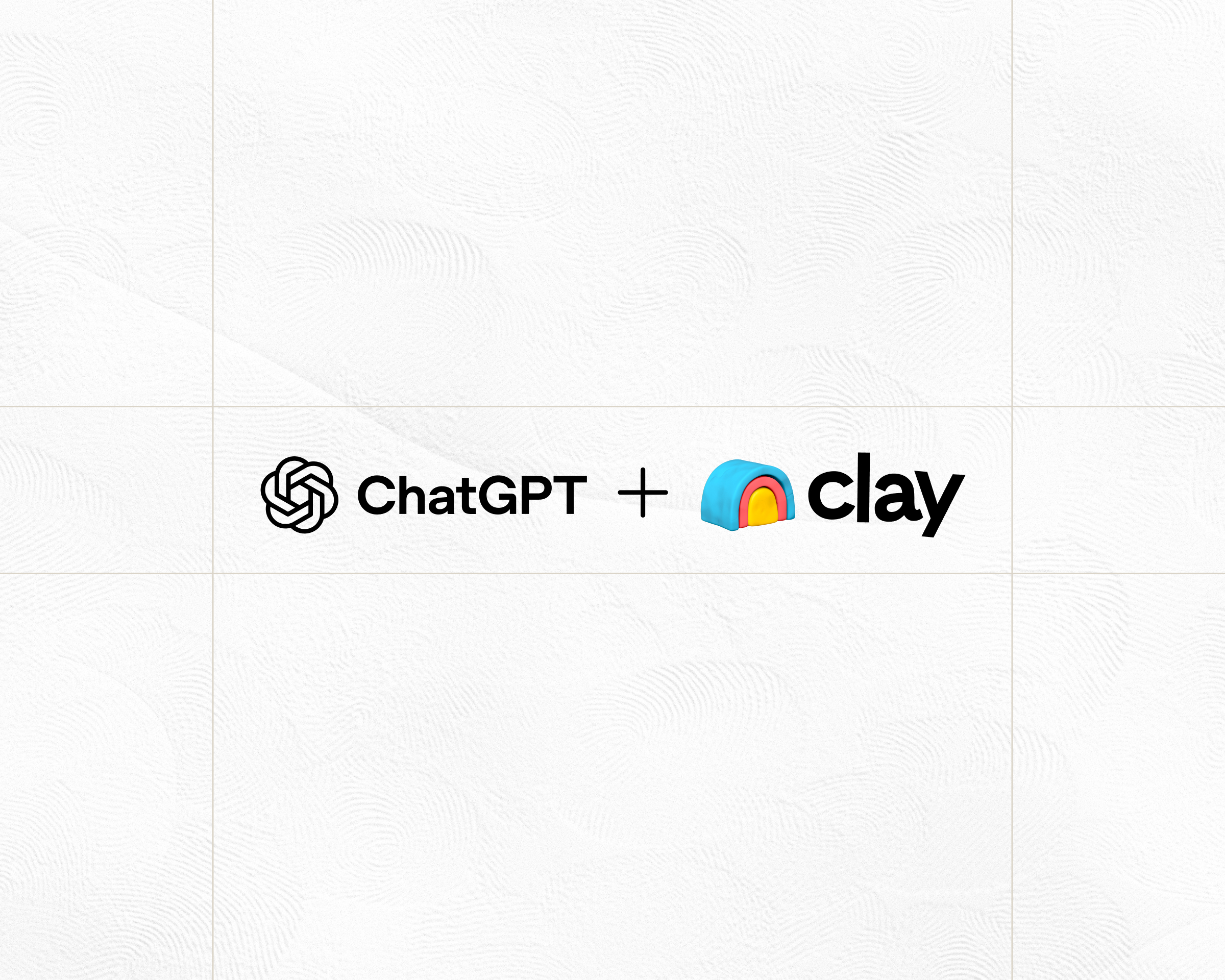
.jpg)
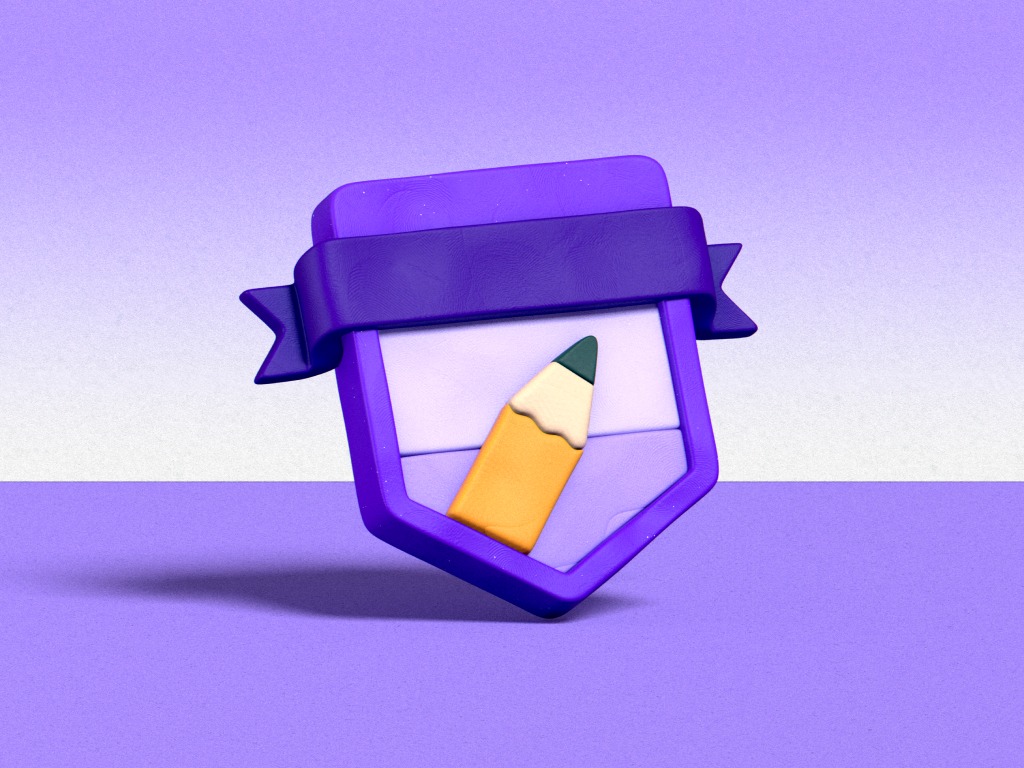
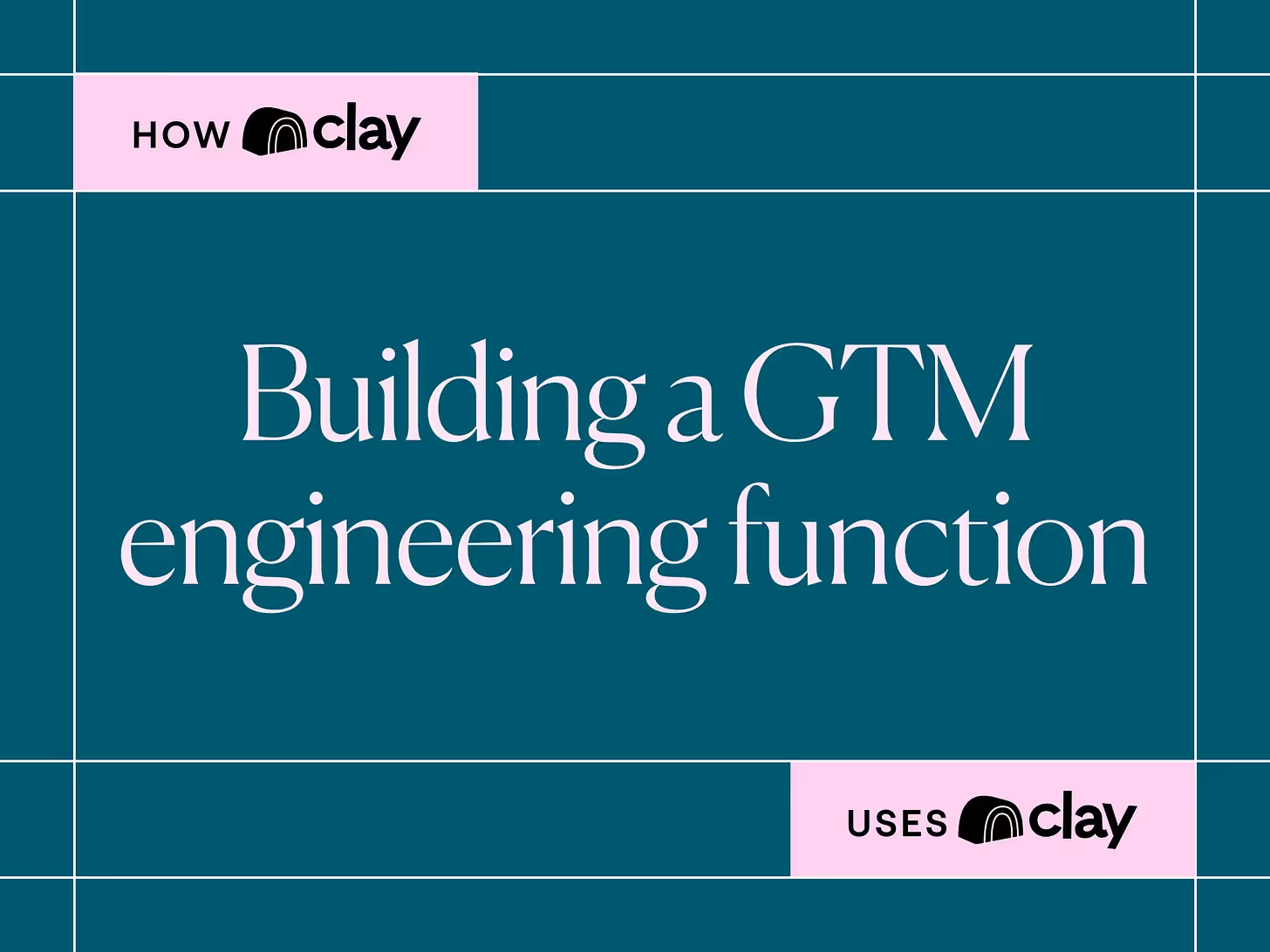


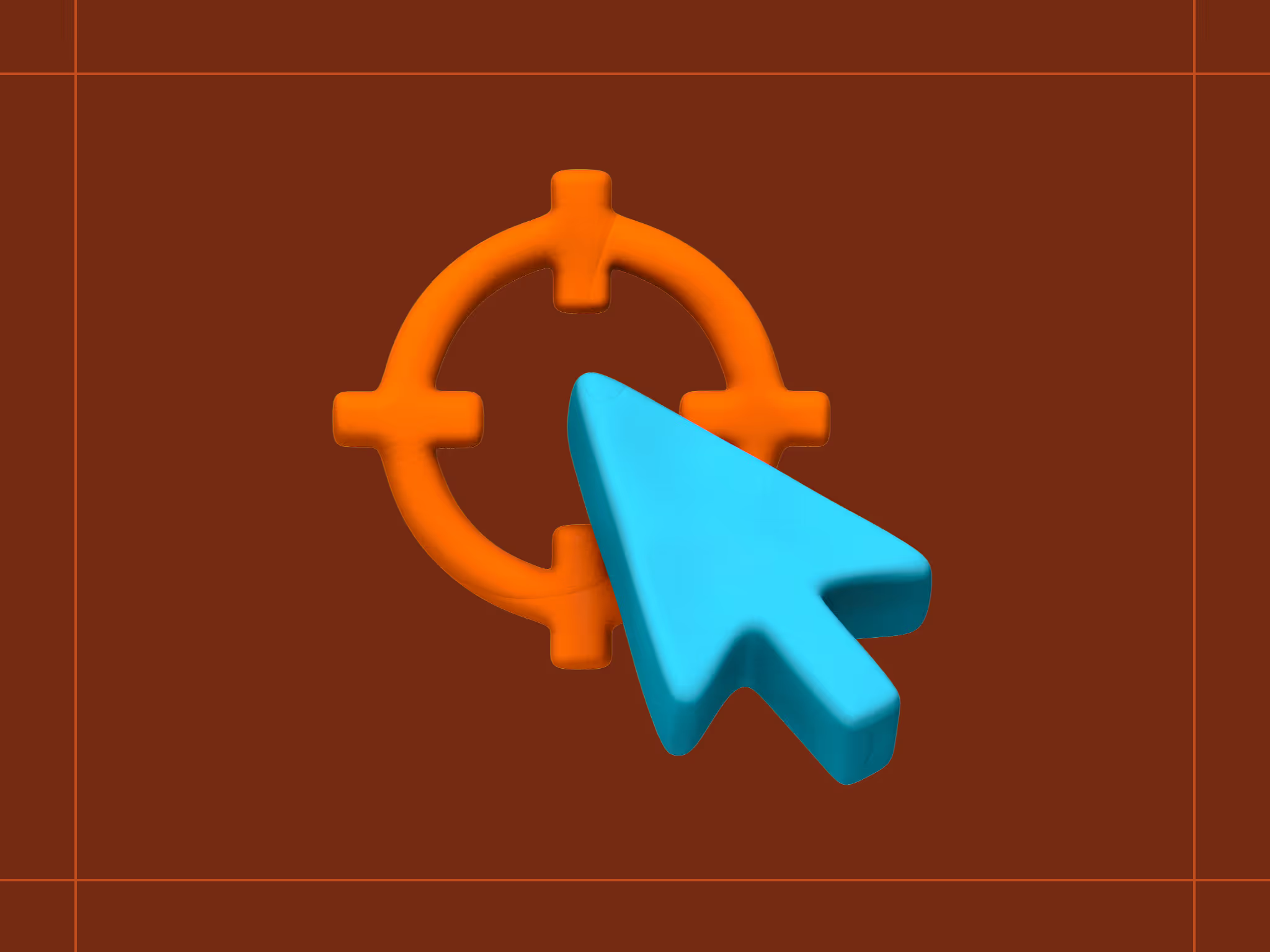
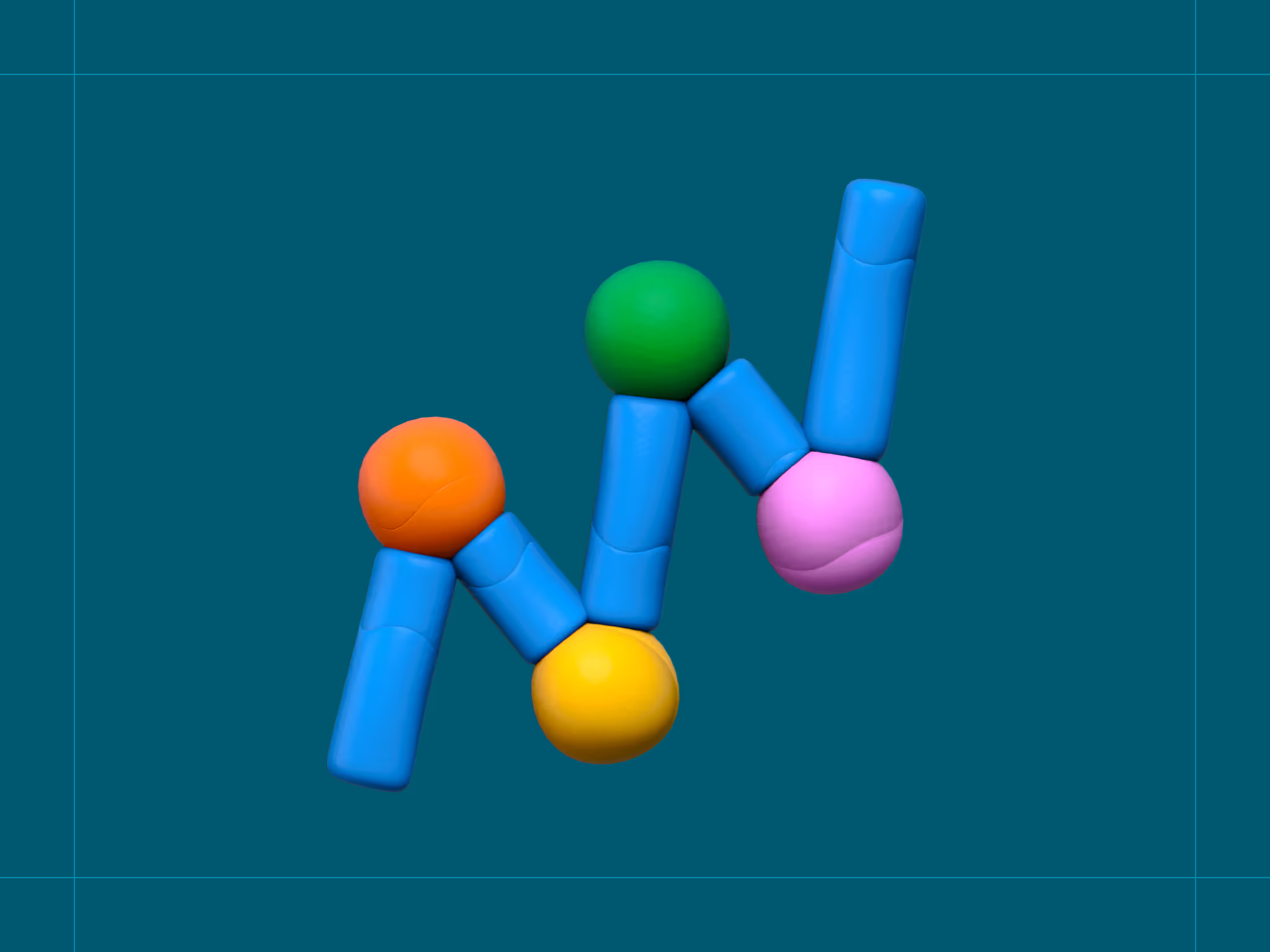
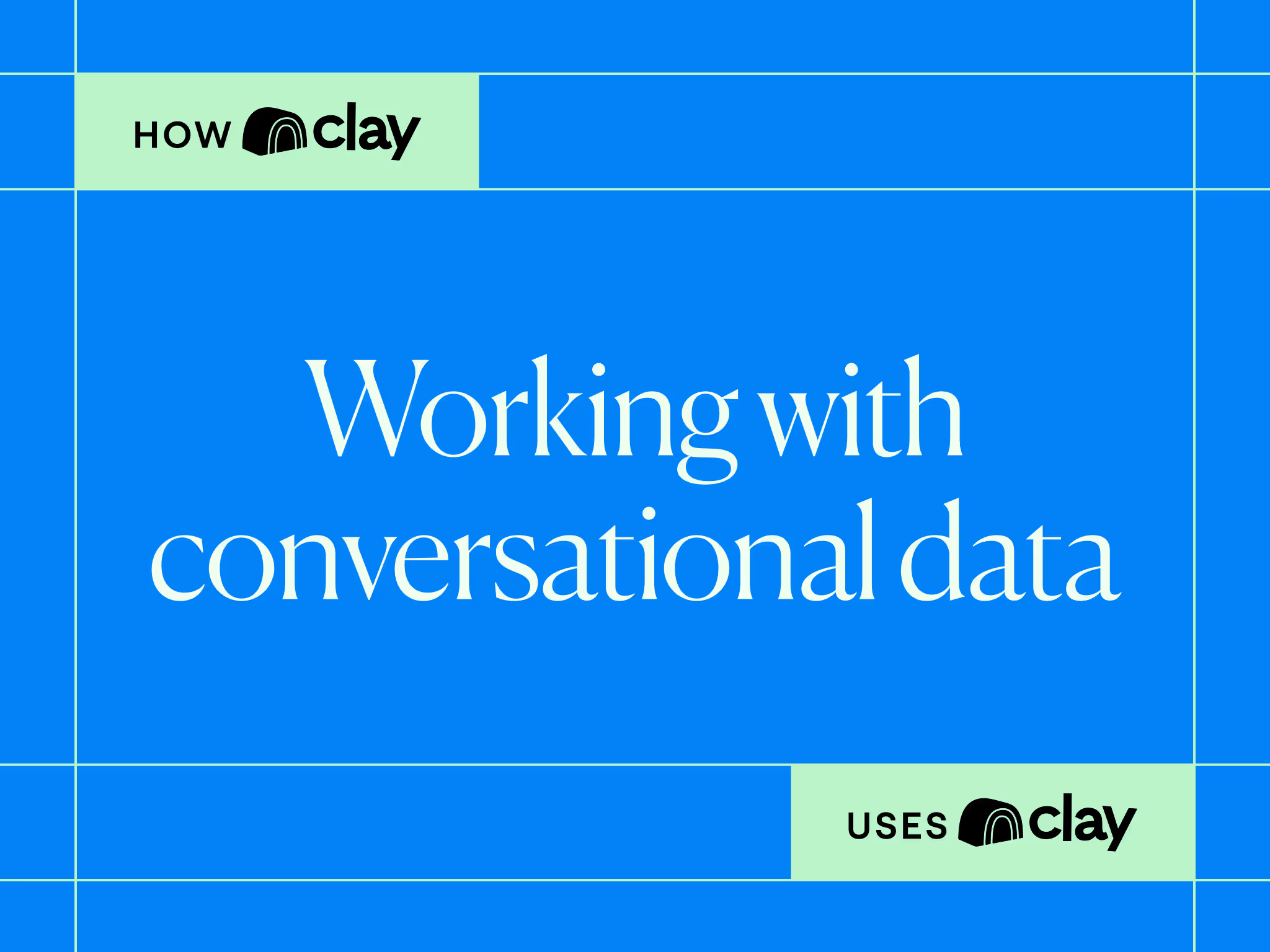
.avif)
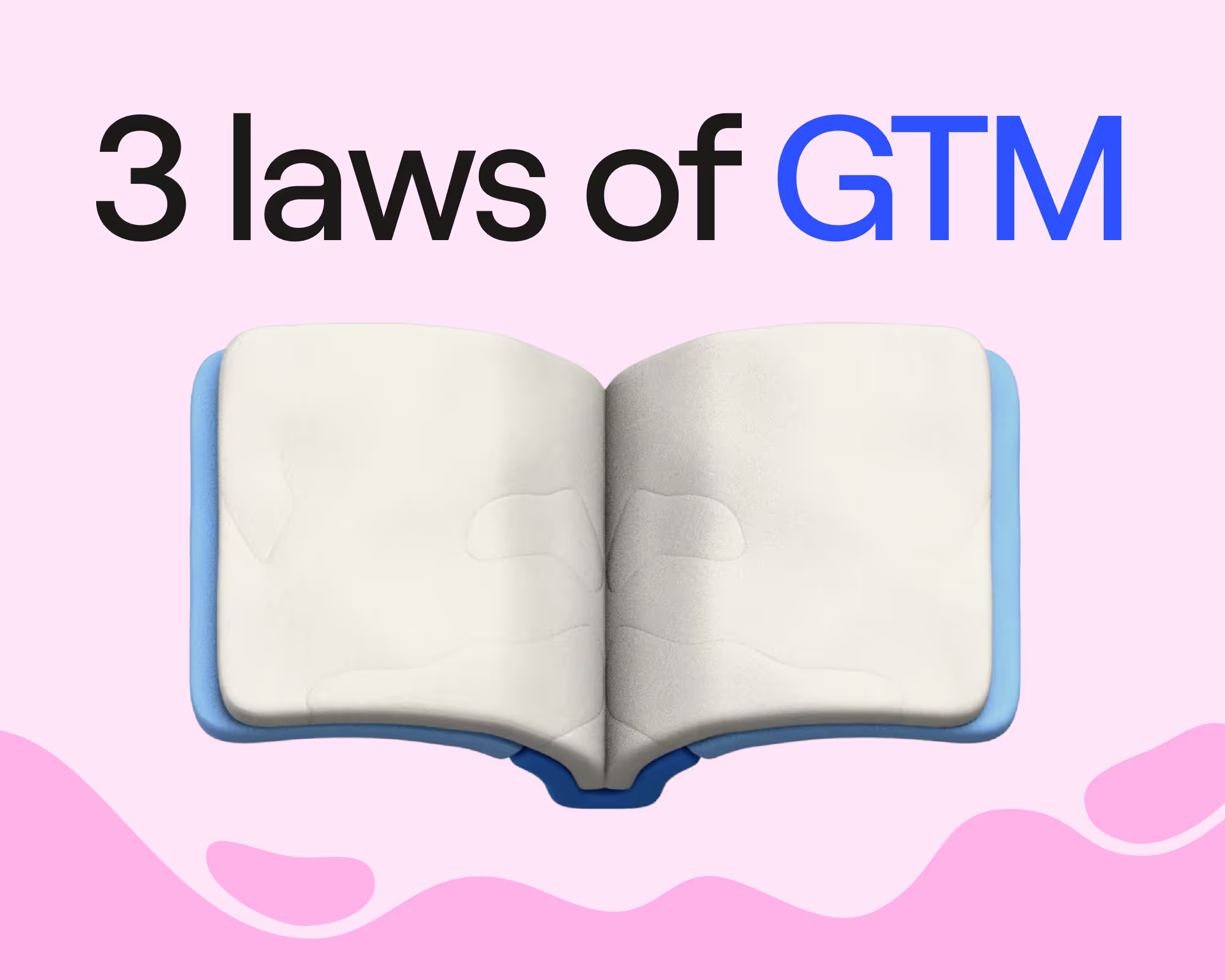

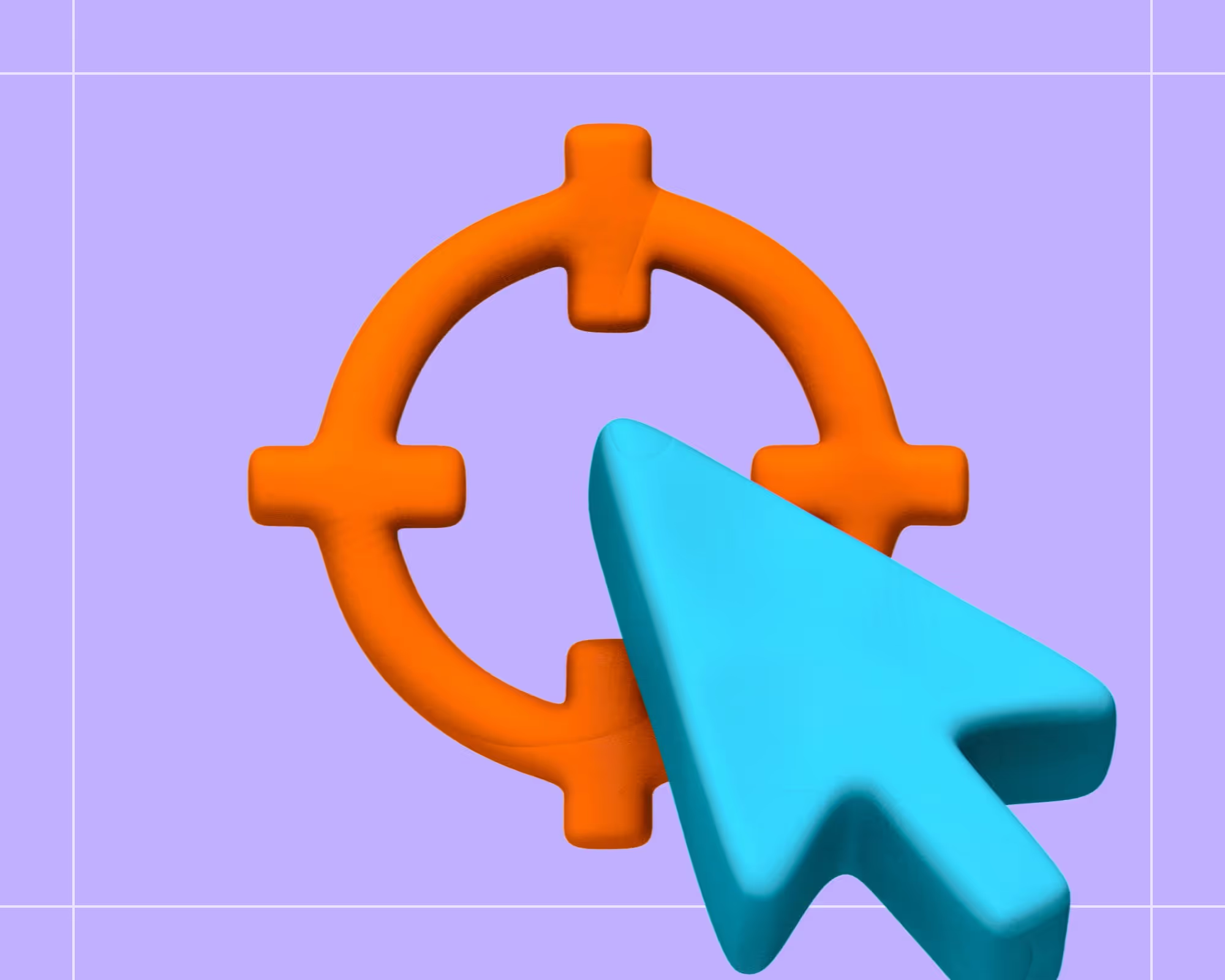


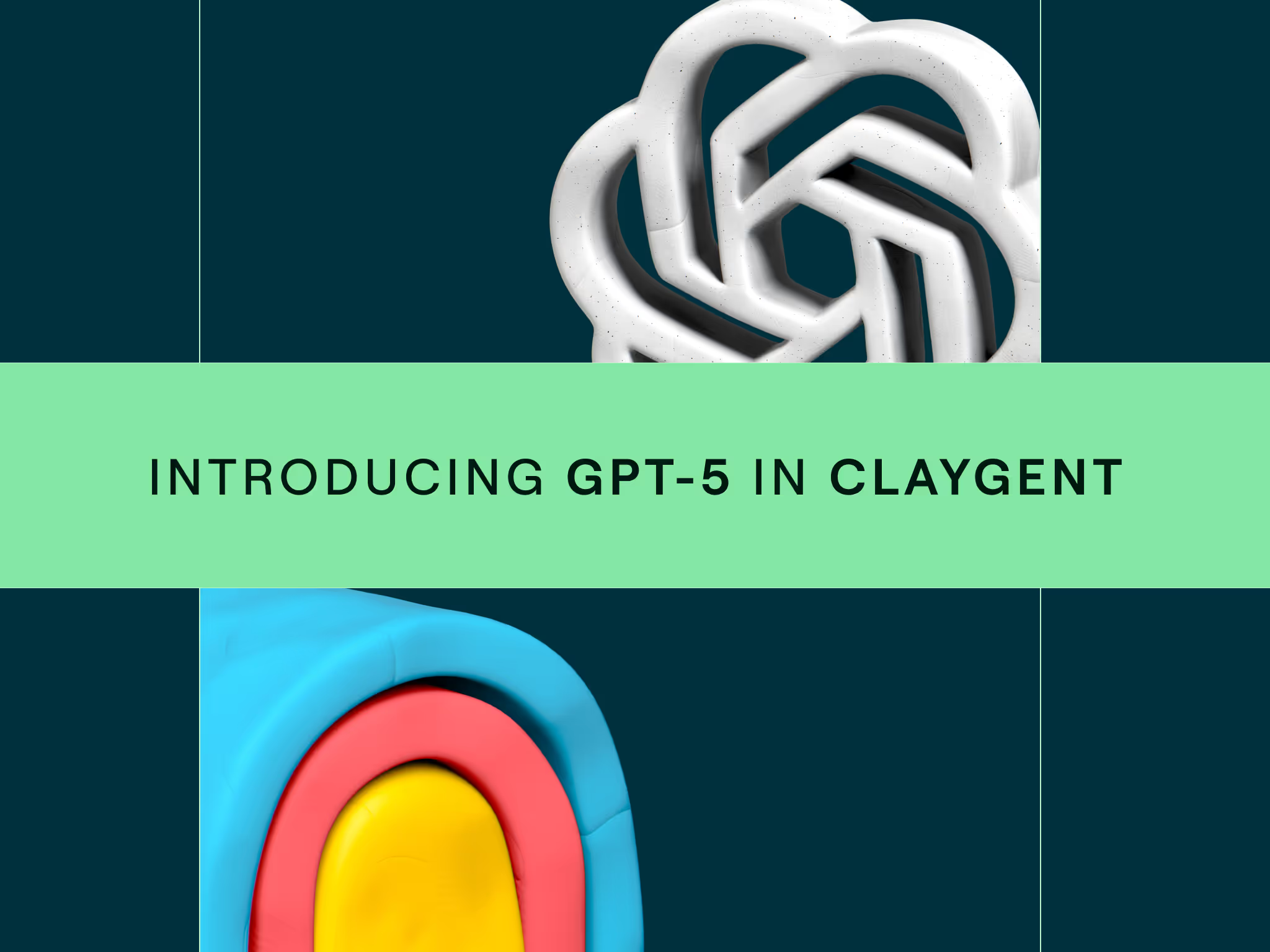




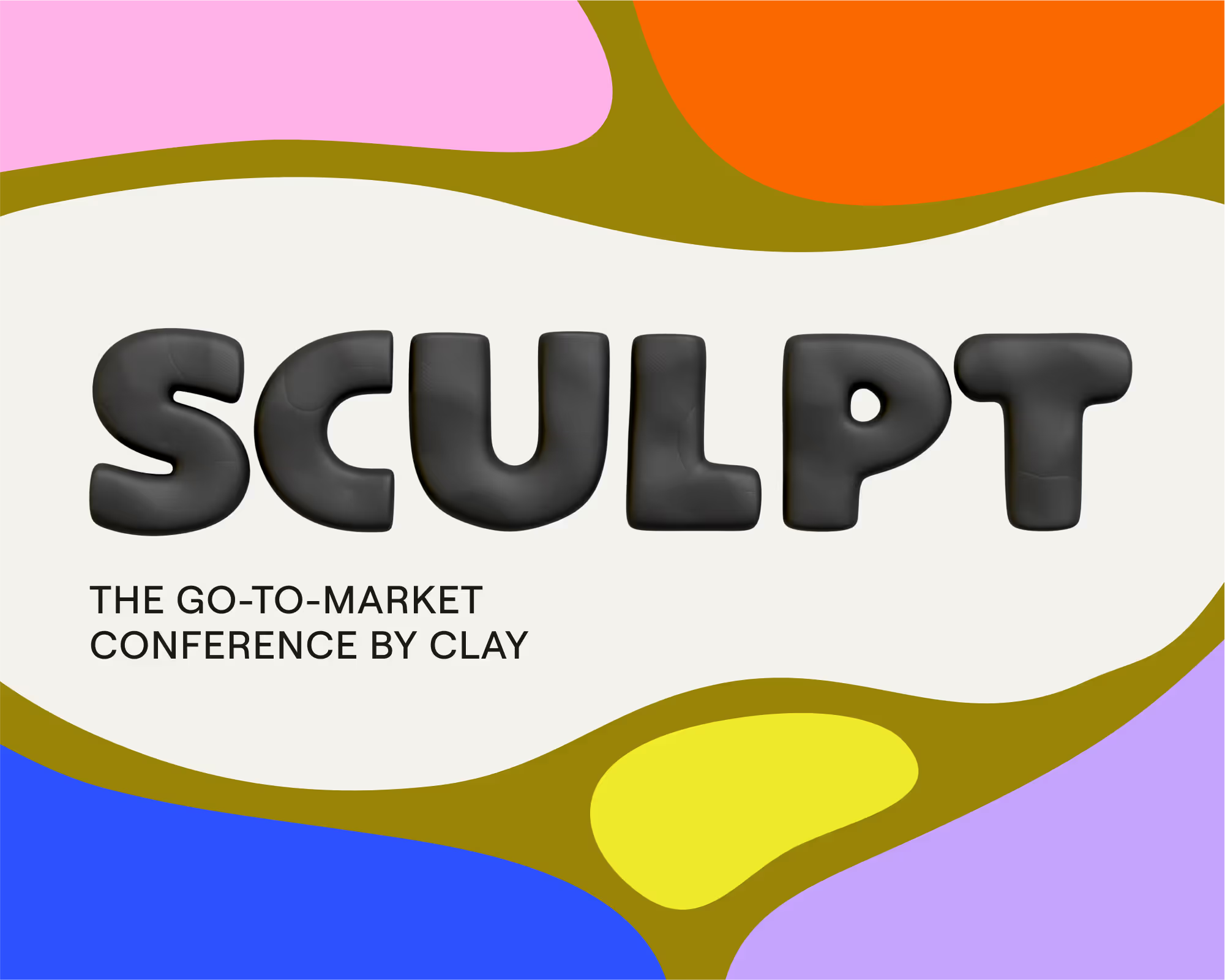
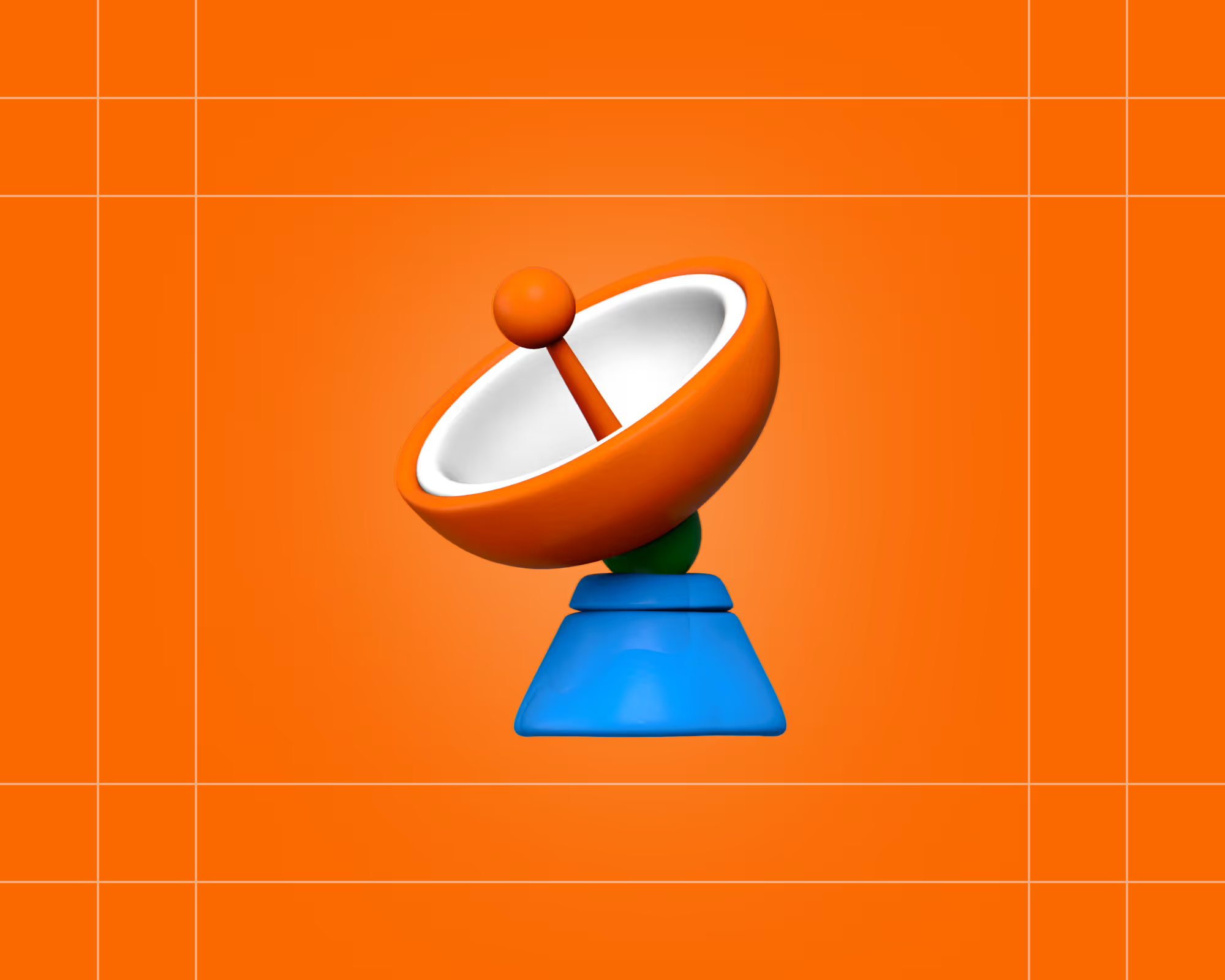

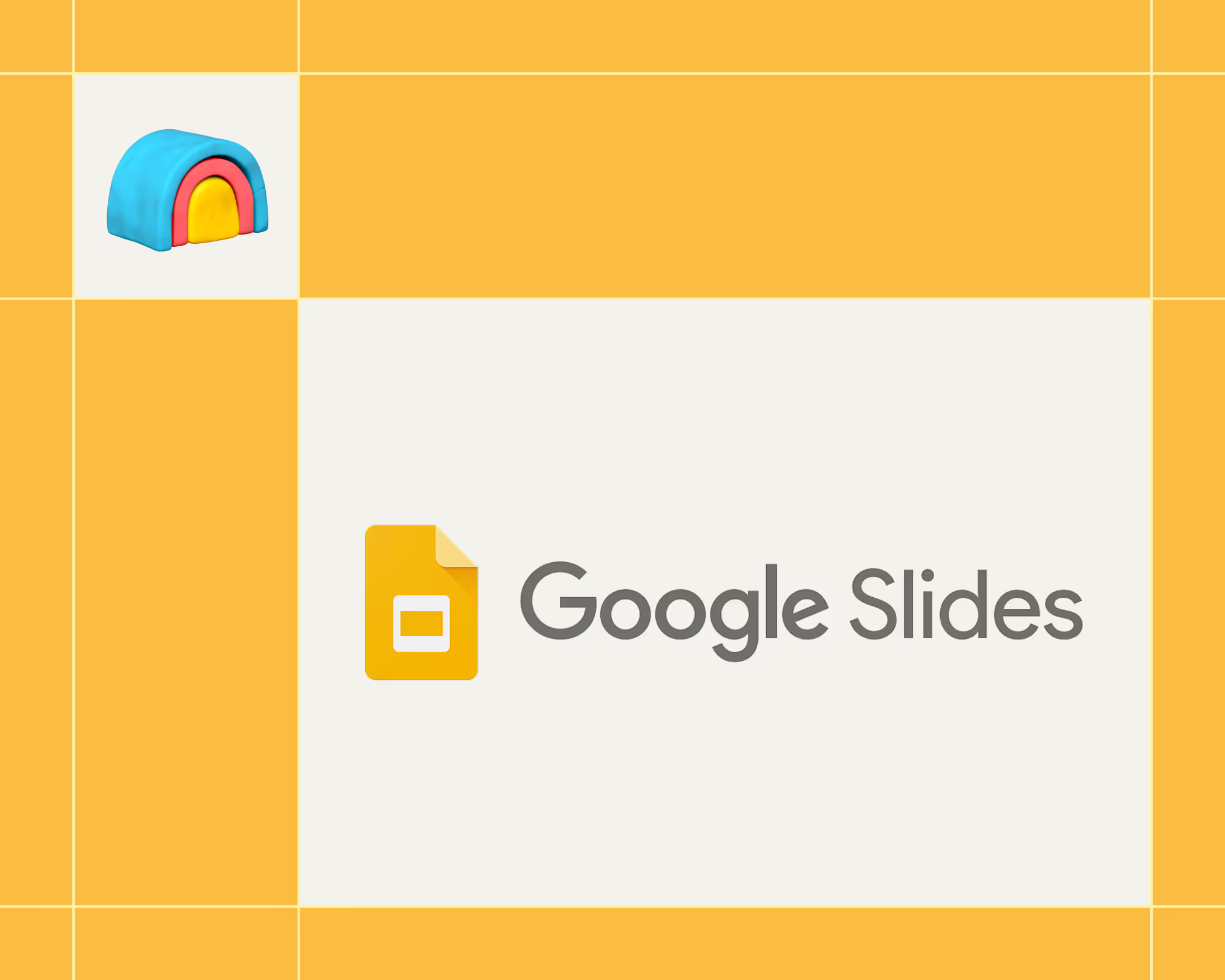
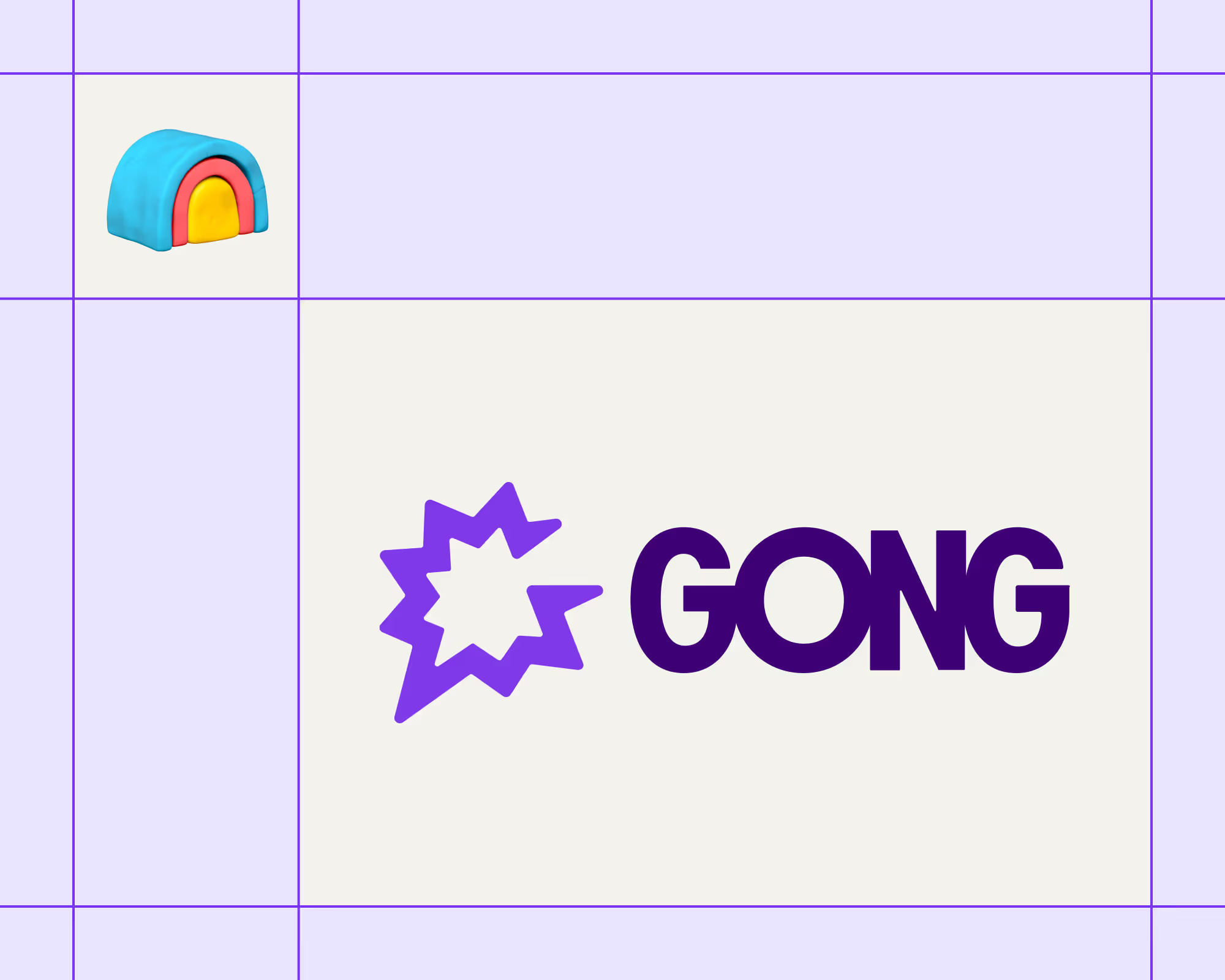

.avif)











.avif)
.avif)






















































